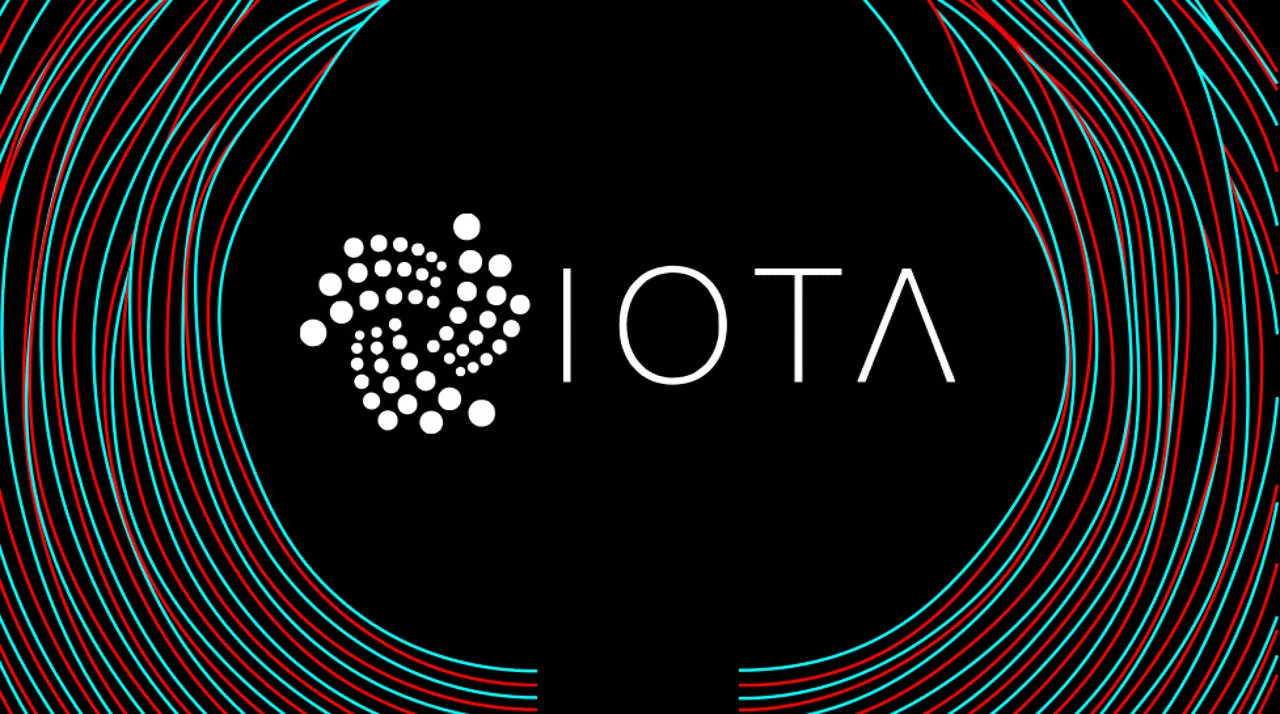|
Getting your Trinity Audio player ready...
|
- IOTA 2.0 is a feeless and scalable platform that can be used for a variety of applications, including machine-to-machine (M2M) payments, IoT data management, and smart contracts.
- IOTA 2.0 has the potential to be used in a wide variety of applications, including M2M payments, IoT data management, and smart contracts.
- IOTA 2.0 is still a new technology, and there are a number of challenges that need to be addressed before it can be widely adopted.
What is IOTA 2.0?
IOTA 2.0 is a major upgrade that will improve the scalability, security, and usability of IOTA distributed ledger technology.
It is a feeless and scalable platform that can be used for a variety of applications, including machine-to-machine (M2M) payments, IoT data management, and smart contracts.
Based on a leaderless consensus protocol, IOTA 2.0 is the most decentralized distributed ledger protocol able to handle more than just payments
What blockchain is IOTA built on? IOTA uses a proprietary technology called the Tangle, which is a consensus algorithm that requires users to validate two transactions in order to complete their own IOTA transactions. Technically speaking, Tangle is a direct acyclic graph (DAG) consensus algorithm.
What are the key features of IOTA 2.0?
Some of the key features of IOTA 2.0 include:
- Feeless transactions: IOTA 2.0 transactions are feeless, meaning that there is no cost to send or receive IOTA tokens. This makes it ideal for M2M payments and other applications where small, frequent transactions are required.
- Scalability: IOTA 2.0 is designed to support millions of transactions per second. This makes it ideal for applications that require high throughputs, such as IoT data management and smart contracts.
- Security: IOTA 2.0 uses a unique security model that is based on the Winternitz signature scheme. This makes it very difficult to attack the network, even with a large amount of computing power.
What are the potential applications of IOTA 2.0?
IOTA 2.0 has the potential to be used in a wide variety of applications, including:
- M2M payments: IOTA 2.0 can be used to make feeless payments between machines. This could be used to automate payments for things like energy consumption, data usage, and other services.
- IoT data management: IOTA 2.0 can be used to securely store and manage IoT data. This could be used to track the location of assets, monitor the performance of machines, and collect data from sensors.
- Smart contracts: IOTA 2.0 can be used to create smart contracts that are executed automatically when certain conditions are met. This could be used to automate a wide variety of tasks, such as issuing insurance policies, managing supply chains, and controlling access to resources.
- Smart Cities: IOTA 2.0 can be used to build smart cities. Smart cities use DLT to improve the efficiency and sustainability of urban infrastructure. IOTA can be used to manage traffic, energy, and water resources.
What are the challenges facing IOTA 2.0?
IOTA 2.0 is still a new technology, and there are a number of challenges that need to be addressed before it can be widely adopted. Some of these challenges include:
- Lack of adoption: IOTA is still a relatively new technology, and it has not yet been widely adopted by businesses and consumers.
- Lack of liquidity: There is currently a limited amount of liquidity in the IOTA market. This makes it difficult for businesses and consumers to use IOTA to make payments.
- Regulatory uncertainty: The regulatory status of IOTA is still uncertain. This could make it difficult for businesses to adopt IOTA, as they may be unsure of the legal implications of doing so.
Related IOTA: How IOTA is Revolutionizing the Retail Industry
Conclusion
IOTA 2.0 is a promising new technology with the potential to revolutionize a wide variety of industries. It is a feeless and scalable platform that can be used for a variety of applications, including machine-to-machine (M2M) payments, IoT data management, and smart contracts. IOTA 2.0 is still a new technology, and there are a number of challenges that need to be addressed before it can be widely adopted. However, with continued development and adoption, IOTA has the potential to become a major player in the blockchain and distributed ledger technology space.
Roadmap – Interactive Roadmap of IOTA Research and Development
I’m the cryptocurrency guy who loves breaking down blockchain complexity into bite-sized nuggets anyone can digest. After spending 5+ years analyzing this space, I’ve got a knack for disentangling crypto conundrums and financial markets.



